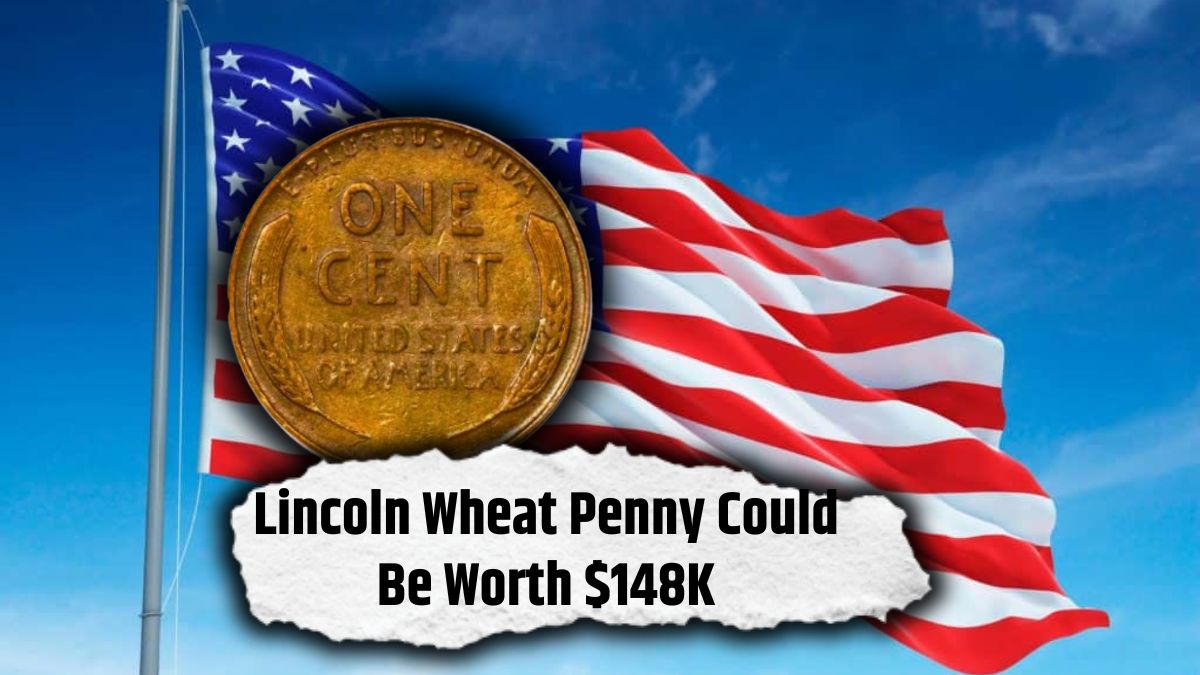Imagine discovering a penny in your change jar that’s worth more than a luxury vehicle. While it sounds like a dream, that dream became reality for a few lucky collectors who came across the rare 1943 bronze Lincoln Wheat Penny—a one-cent coin that has fetched up to $148,000 at auction. But what makes this coin so valuable? And could one still be out there, hiding in plain sight?
The Origins of a Coin Collecting Icon
The Lincoln Wheat Penny was first issued in 1909 to mark the 100th anniversary of President Abraham Lincoln’s birth. It replaced the Liberty-themed designs and became the first U.S. coin to feature a real historical figure. On the front, it displayed Lincoln’s profile, and on the reverse were two wheat stalks, giving the coin its distinctive name.
Minted until 1958, the Wheat Penny became one of the most iconic pieces of American coinage. While billions were produced, only a small handful now carry massive value due to rarity, minting mistakes, and historical timing.
The $148,000 Penny That Took the World by Surprise
The most famous—and valuable—of the Lincoln Wheat Pennies is the 1943 bronze version. During World War II, the U.S. Mint switched from copper to zinc-coated steel to conserve copper for military equipment. However, a few leftover bronze planchets from 1942 were accidentally struck with the 1943 die.
These bronze pennies were never meant to exist, and only around 10 to 15 are known today. In one standout case, a 1943 bronze Lincoln Wheat Penny sold for $148,000 at auction, sending shockwaves through the numismatic world.
Could One Still Be Out There?
While many of these rare pennies are now in private collections or museums, experts believe that a few may still be hiding in everyday places—a family heirloom, an old coffee can, or even a forgotten piggy bank.
Because most people don’t inspect their pennies closely, there remains a realistic chance that one of these coins is still circulating among ordinary change, waiting to be discovered.
How to Identify a Valuable 1943 Penny
So, how can you tell if your 1943 penny is the jackpot?
- Color Test: Steel pennies appear silver; bronze ones look reddish or brown, like traditional copper coins.
- Magnet Test: Steel pennies will stick to a magnet. Bronze coins will not.
- Date Check: Any 1943 penny that is not magnetic and looks copper-colored is worth further inspection.
- Other Rare Dates: Also keep an eye out for 1909-S VDB, 1914-D, and 1922 plain versions—each of these can also command high prices.
Even if your penny shows potential, it must be authenticated and graded by a professional to determine its true value.
The Resurgence of Coin Collecting in the Digital Era
Coin collecting has entered a renaissance. Fueled by social media stories, viral videos, and rising interest in collectibles, more people are becoming amateur numismatists. Tales of pennies selling for thousands of dollars have driven new collectors to look through their old coin jars in search of hidden treasures.
The Lincoln Wheat Penny is central to this revival. Its nostalgic design, historical importance, and hidden-value potential make it a favorite among new and experienced collectors alike.
Other Lincoln Wheat Pennies Worth Noticing
The 1943 bronze penny may be the star, but it’s not the only Lincoln Wheat Penny that commands high prices.
- 1909-S VDB: The first version ever minted, with the designer’s initials, is rare—especially from the San Francisco Mint.
- 1914-D: Scarce and highly collectible, especially in mint condition.
- 1922 Plain: A Denver-minted coin with no mint mark, due to a worn die, is a rare variation.
- Error Coins: Pennies with doubled dates, misaligned dies, or repunched mint marks can also be quite valuable.
Each of these coins tells a story, and in some cases, they can be worth thousands of dollars.
What To Do If You Think You Have a Rare Penny
If you find a penny that seems unusual:
- Handle it carefully—don’t clean or scratch it.
- Perform the magnet test and visual inspection.
- Consult a certified grading service such as PCGS or NGC.
- Get a formal appraisal to determine true market value.
Selling through reputable dealers or auction houses can ensure you receive the best possible return if the coin proves valuable.
Why This Coin Continues to Inspire Collectors
There’s something thrilling about the idea that a common-looking penny could be worth $148,000. It represents more than just money—it’s about hope, history, and discovery. The Lincoln Wheat Penny symbolizes a time of change in America and has become a collectible icon because of its story.
For many collectors, it’s not just about the value—it’s about the hunt, the learning experience, and the connection to the past.
Disclaimer
This article is intended for informational purposes only. Coin values can fluctuate based on condition, rarity, grading, and market demand. If you believe you have a rare or valuable coin, seek evaluation from a certified coin expert or numismatist. Always research thoroughly before making any buying or selling decisions. The author is not liable for financial actions taken based on this content.
